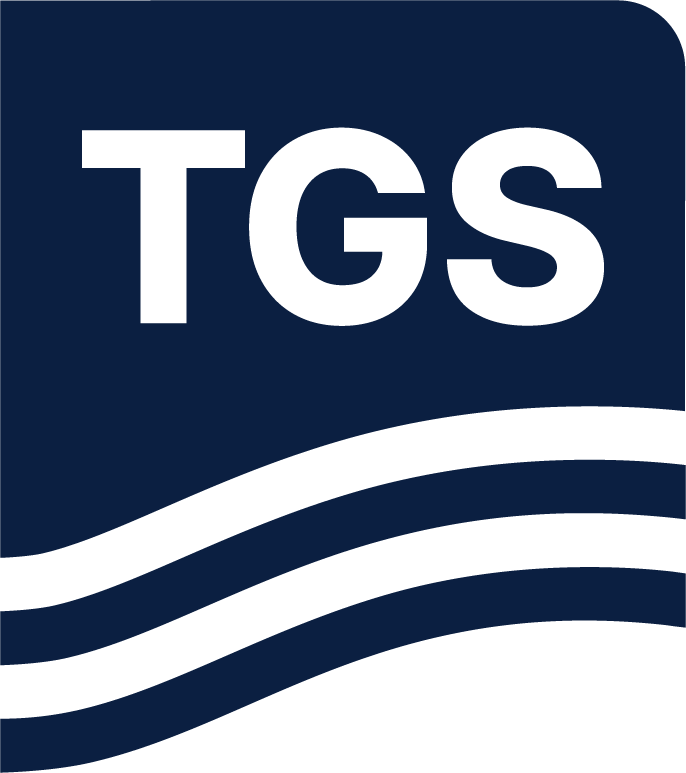First Published: GEO ExPro, August 2022
Abstract
The Mauritanian offshore forms the northernmost part of the MSGBC Basin, spanning the central part of North West Africa’s Atlantic Coast. The MSGBC Basin is named after the countries in which it resides, namely Mauritania, Senegal, Gambia, Guinea-Bissau and Guinea-Conakry. In recent years, numerous globally significant discoveries have been made along the northern part of the MSGBC Basin in Senegal and Mauritania, opening up the basin to analogue hunting and more in-depth exploration into additional untested play potential.
ION’s new reimaged 19,100 sq km seismic dataset offshore Mauritania allows for mega-regional mapping and interpretation of the geological play potential of the offshore margin along with detailed analysis of the considerable proven and untested play potential.
A composite line through the newly reimaged 3D seismic data (see below) encapsulates the large range of proven and untested plays from the Mauritanian margin.

Figure: PSDM transverse with velocity overlay through the Mauritania 3D data, showing the syn-rift section (including allochthonous and partially migrated Triassic salt, deposited in half grabens), the overlying carbonate platform and Cretaceous to recent clastics.
The value of the mega-regional dataset lies in the consolidation of the whole geological history of the margin, from the syn-rift section and overlying carbonate platform through to the complex and regional Cretaceous and Cenozoic clastic plays and their interaction with allochthonous salt. In particular, regional mapping of the mega-clastic systems throughout the Cretaceous is key to understanding both the intra-channel plays (e.g., Pelican) and the deep-water basin floor systems (e.g., Greater Tortue- Ahymehin) and opening the doors to further discoveries.
A full range of processing techniques
Imaging of the Mauritanian 3D data is now complete using a full range of modern processing and imaging practices, including MWD de-multiple techniques, deghosting, interpretation-led FWI and tomographic velocity modelling, and high-frequency RTM alongside full bandwidth Kirchhoff migration. The data was fully calibrated with well data from across the survey area.
Read the full article here.

